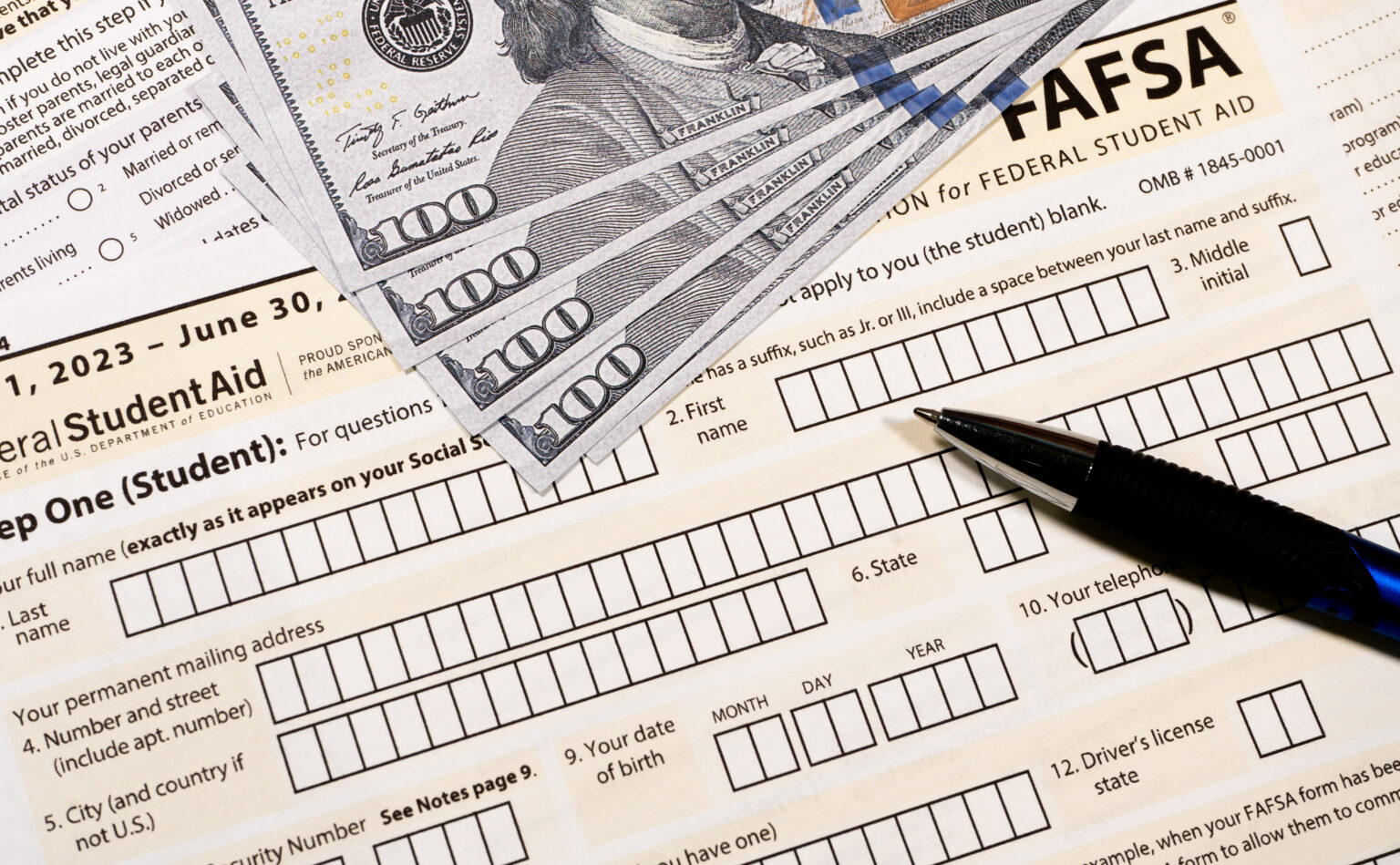17:18
Brief
WASHINGTON — Months after the rollout of the streamlined form to apply for federal financial student aid faced a series of highly publicized hiccups that prompted processing delays and frustrated students and families, a government watchdog offered some additional explanation Tuesday of what went wrong and recommendations for the U.S. Education Department going forward.
Members of the U.S. House Subcommittee on Higher Education and Workforce Development expressed frustration Tuesday over the botched rollout and its repercussions for students and families at a hearing that coincided with the release of a pair of findings from the Government Accountability Office on the major issues that plagued the rollout of the 2024-25 Free Application for Federal Student Aid, or FAFSA.
Though the application got a makeover after Congress passed the FAFSA Simplification Act, advocates have shared concerns over processing delays as a result of the form’s failure to adjust for inflation, its formula miscalculation and its tax data errors. Major issues also initially prevented parents without Social Security numbers from completing the form.
The department has worked to fix issues surrounding the 2024-25 form and reevaluated the implementation of the 2025-26 form, taking into account feedback from students, families and stakeholders.
On Monday, the department released a report reviewing implementation of the 2024-25 form as well as the progress it’s making to try to improve the user experience since the streamlined form launched.
Part of those efforts include the department using a phased rollout of the 2025-26 form in an effort to address any problems that might arise before opening to everyone by Dec. 1. The staggered approach will make the 2025-26 FAFSA fully available two months later than usual.
Members of both parties criticized the 2024-25 form’s rollout at Tuesday’s hearing.
Subcommittee Chairman Burgess Owens said the “FAFSA rollout was mired in delays, errors, frustration — and for some of our most vulnerable students — the loss of their dreams for a higher education.”
The Utah Republican said the “impact of the Biden administration’s failure on real lives has been devastating.”
Rep. Frederica Wilson, ranking member of the subcommittee, said implementation of the FAFSA Simplification Act “has been derailed by a series of mistakes made by the Department of Education, leading to delays and ongoing setbacks in the rollout of the new application.”
The Florida Democrat expressed frustration that “aside from the dozens of letters Congress has sent, this is not the first hearing we’ve had this year about this same issue, nor is this the first application cycle with these issues.”
Lack of information
In one of the two GAO reports released Tuesday, the watchdog found that about 432,000 fewer people submitted a FAFSA compared to last year — marking a 3% decrease as of late August.
The decline in submissions was “most pronounced among lower income students and families,” per GAO.
The investigators also found that the department did not consistently provide students with timely information on processing delays, changes in their student aid eligibility, or “solutions to technical barriers they encountered during the application process.”
Melissa Emrey-Arras, a director at GAO who oversees work on education, said at the Tuesday hearing that delays “significantly hindered (students’) ability to choose a college, thinking wisely about their finances and whether they could afford a school.”
“Can you imagine? It’s like buying a house but not knowing how much aid you’re gonna get and having to make a commitment right then and there,” Emrey-Arras said.
Understaffing leads to unanswered calls
The government watchdog also found that, as a result of understaffing, nearly three-quarters of all calls to the call center went unanswered in the first five months of the 2024-25 rollout — totalling 4 million out of 5.4 million calls.
As for the communication with schools, GAO found that the department “consistently failed to meet promised deadlines and provide colleges with sufficient notice” of timeframe changes throughout the 2024-25 FAFSA rollout.
Marisol Cruz Cain, a GAO director who oversees work on information technology, said the Office of Federal Student Aid “did not fully test the system, leading to numerous performance problems.”
Cruz Cain said that after the initial deployment, “FSA identified 55 defects, which was almost twice as many as were identified when testing the system as a whole prior to launch.”
Improvement plan
In a Monday letter to college and university presidents regarding progress on the 2025-26 form, U.S. Education Secretary Miguel Cardona said the department “has worked tirelessly to completely overhaul a system that had largely remained untouched for over four decades and itself included twenty different sub-systems that required significant changes — a wholesale transformation to enable the most sweeping changes to federal financial aid eligibility and processes in years.”
The department outlined in its report Monday 10 steps it has taken to improve the FAFSA application process, such as increasing the number of call center agents — with more than 700 new agents added. The department is also working to address issues families without Social Security numbers faced when completing the form.
The department’s efforts also include strengthening its leadership team and offering “additional outreach and support for students and families who need the most help completing the form.”
In a statement responding to Tuesday’s hearing, a spokesperson for the department said that “after the first major overhaul of the FAFSA system in more than four decades, there are more than 500,000 more students eligible for Pell Grants than there were at this time last year.”
“We have sought advice from students and families, colleges, and partners and provided more than 1,000 documents to the Government Accountability Office,” the spokesperson added. “Thanks to this input, along with community partnerships, we have now narrowed the FAFSA completion gap to about 2% compared to this time last year — down from 40% in March.”
GET THE MORNING HEADLINES.
Our stories may be republished online or in print under Creative Commons license CC BY-NC-ND 4.0. We ask that you edit only for style or to shorten, provide proper attribution and link to our website. AP and Getty images may not be republished. Please see our republishing guidelines for use of any other photos and graphics.





